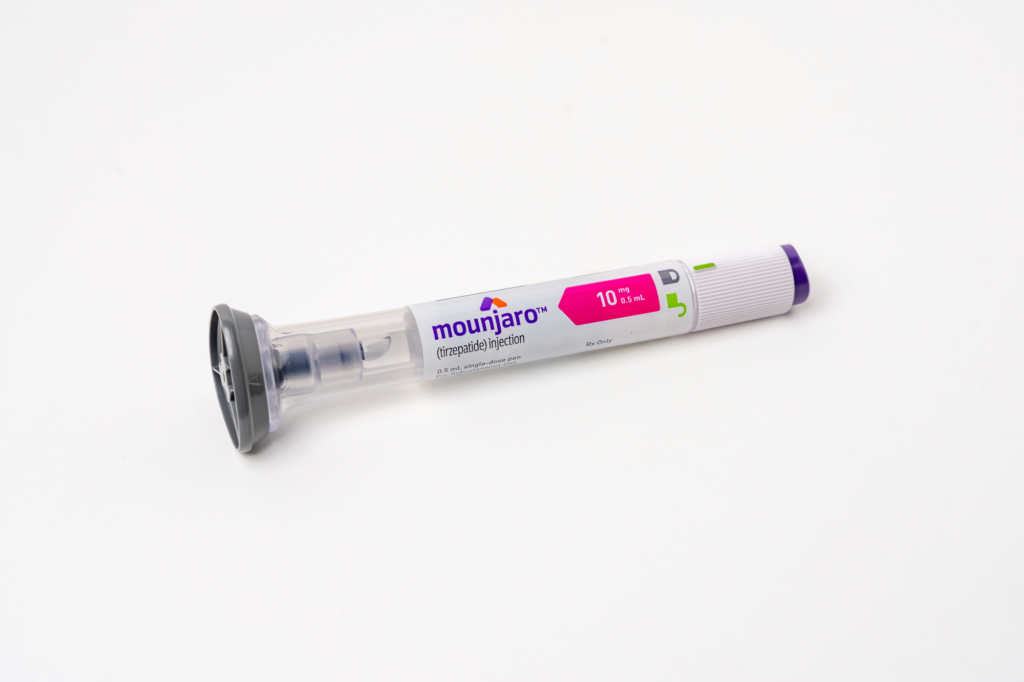This case study, published in Integrative Medicine, a Clinicians Journal, involving thyroid and adrenal therapy, represents a common problem for integrative-care physicians. Where do you start with a patient with multiple symptoms that may be complicated by previous drug therapies?
One of the many challenges for any physician is determining the correct course of treatment for patients with more than 1 area of complaint. Should the physician treat the symptoms or the underlying cause of a condition?,” writes Christopher Wellwood MS, DC and Sean Rardin, MD. “If treating the cause, what and who determines the cause? Further complicating the issue, doctors must succeed in getting patients to follow the prescribed treatment, which has always been and will continue to be an issue in reaching therapeutic goals.”
This case study of a 49-year old patient with multiple symptoms, including a goiter, as well as hyperlipidemia; multiple joint pains; alopecia; fatigue; bilateral, lower extremity edema; and severe gastric disruption with bloating and acid reflux.

Furthermore, as this case study shows, it is possible to treat a person suffering with a multisymptom pathology effectively and safely without the use of prescription medications. In addition, the treatment of thyroid disorders with medication alone can have less favorable outcomes than with thyroid nutritional supplementation, which in turn can produce less favorable outcomes than combining support for both the thyroid and adrenal systems.
Due to the favorable response in this case study, with complete resolution of the patient’s mixed hyperlipidemia, further studies should be performed to determine if treating the HPA axis is a viable treatment for mixed hyperlipidemia and hypercholesterolemia.
Click Here for Full Text Study








